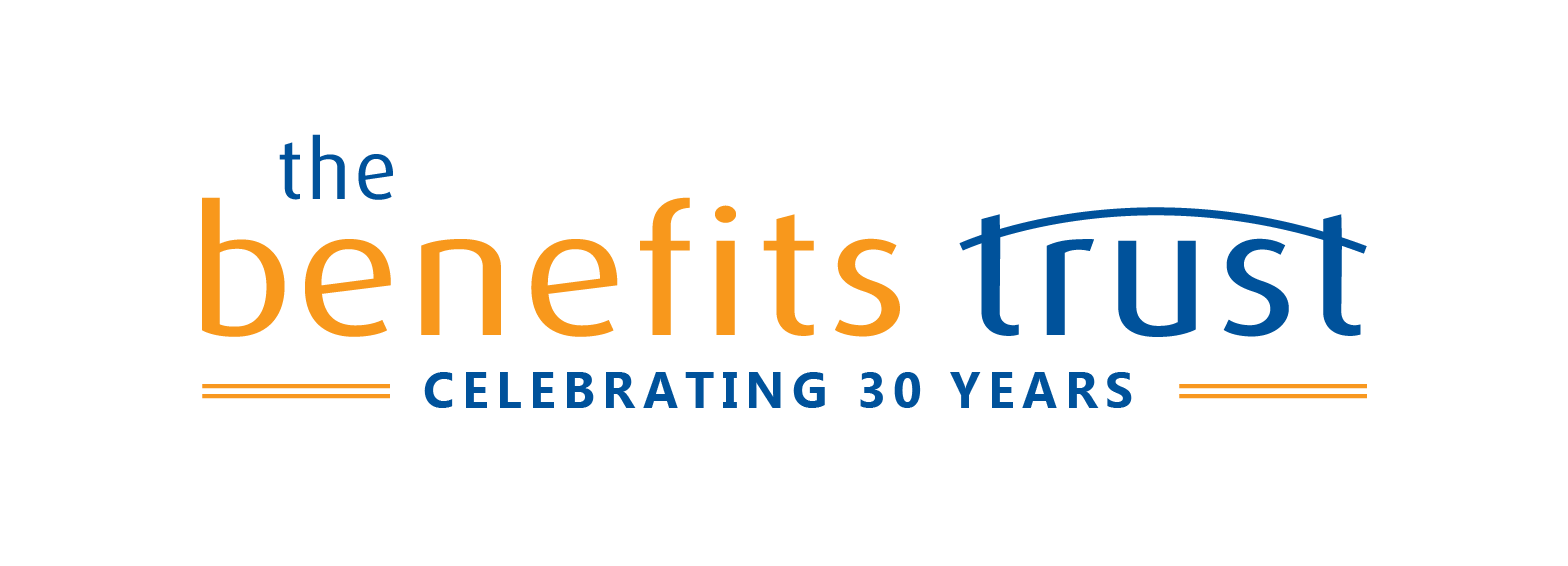Successfully selling benefits comes down to crafting benefits plans that work for the client and their particular needs. Clients come in different shapes and sizes, so learning how to sell to specific groups in a way that is tailored to them is essential.
Small businesses present an enormous market for benefits advisors. Ontario has just under 450,000 registered businesses, and of those businesses, a remarkable 440,000 have fewer than 100 full-time employees.
Within those businesses, we can further divide them into three distinct groups:
- 1 to 5 employees
- 5 to 20 employees
- 20 to 100 employees
In this article, we’re focusing on the second group comprised of businesses with 5 to 20 employees, which we like to call “a few to a bunch” (if you haven’t read it yet, we previously looked at how you can offer the most value to businesses with 1 to 5 employees. Take a look at that article here!). This grouping represents a very significant number of businesses within Ontario and across Canada, and many of those businesses are operating without a benefits plan.
However, that’s a problem. A survey conducted by Benefits by Design has found that 76% of new hires won’t consider a job unless it includes benefits. This means that there’s a demand created by current and future employees which is urging those small businesses to offer a benefit plan in order to stay competitive and attract top talent. For benefits advisors, this presents a significant opportunity.
How to Provide Value-Added Service at a Profit for Clients with 5 to 20 Employees
How exactly do you approach selling to businesses with 5 to 20 employees? It all comes down to understanding what’s valuable to them, and then crafting a plan that provides that value. Let’s take a look at how you can do that.
1. Client Needs Analysis
The first step to building an effective benefits plan is to understand where your client is headed. The only way to do that is to ask! Ask them about their biggest fears, the strengths they’re looking to capitalize on, and the things giving them confidence as they look into the future.
Asking questions that focus on the future will help you to get an accurate picture of your client’s goals and ambitions with regards to their business, which then paves the way for you to create a benefits plan that helps them to reach those goals.
The future-based question, created by Dan Sullivan from The Strategic Coach, that we always find ourselves coming back to is this:
“If we were meeting here three years from now and you were looking back over those three years, what has to have happened to say those were the best three years of your life?”
However they choose to answer this question, they essentially provide you with a roadmap of where they’re headed in clear, concise terms. Whether their plans involve merging, selling, retiring, or any other number of possibilities, knowing what lies ahead of them is the key to providing them with value through their benefits plan.
What if they don’t provide a clear answer? It’s simple: cut your losses and move on to the next prospect.
2. Understanding Risks and How to Manage Them
The job of a benefits advisor is to lead clients towards benefits solutions that work for them, yes, but it’s also about making complicated concepts digestible. It’s about translating all of the industry terms and jargon into concepts they’ll understand.
A benefits plan is, essentially, a promise between an employer and their employees. Your job is to determine exactly what it is that they’d like to promise, and then make that happen. The two main categories of promises are as follows:
Low Frequency, High Cost
This is a promise that requires insurance. It includes things like group life, group AD&D, long-term disability, critical illness, out of country travel insurance, and stop loss.
These are the benefits that are not likely to occur, but when they do, they require insurance to cover the costs.
High-Frequency, Low-Cost
On the other hand, a high-frequency and low-cost promise involves effective budgeting. This covers things like extended healthcare, prescription drugs, vision, dental, and short-term disability.
This sort of approach includes coverage for needs that are far more likely to occur (and on a more regular basis), but which are typically less costly when they do occur.
The right solution (or a personalized combination) will come down to the client’s situation and their specific needs. In order to provide value to your clients and prospects you need to understand what’s important to them with regards to the promise they make to their employees, and then it’s your job to help them deliver on that promise.
For businesses in the 5-20 employee range, a great approach is to segment employees into groups. Who are your key employees? Which of them are critical to your operation? Not all types of employees should necessarily receive the same benefits coverage, and these groups can be divided in any number of ways – including their rank in the company or their seniority as an employee, and their annual earnings, for example.
The key to providing value lies in crafting a custom solution that suits their needs. Begin by providing solutions for the owners themselves and work your way down through the various employee groupings. You’ve got a blank canvas to work with and many options to choose from, and by creating an effective custom benefits plan, you’re making yourself and your plan essentially irreplaceable.
3. Reporting and Accounting Considerations
When you go to a store to make a purchase or you go out for a meal, you receive a receipt. It shows you how much you paid, and what you received in return.
Your clients will appreciate having the same insight. By sending out a monthly financial report, you can keep your clients in the loop regarding how much they’ve paid over the month, how much has been paid to insurance companies, the various claims made across categories, plan operation expenses, and any surplus or deficit achieved that month.
By sending out this report (essentially an itemized receipt), you can ensure that the client understands exactly what’s going on with their benefits plan at all times. Should anything surprising show up in those reports, you can address it right away and determine what has caused the discrepancy. In addition to these monthly reports, conducting a plan review on an annual basis is a great opportunity to touch-base and make sure that the client is happy with their plan and receiving the value they’re looking for.
These monthly financial reports make annual renewals simple.
4. Taxation Considerations
It’s important to also consider the tax implications of various benefits plan decisions.
All benefits plan costs are tax-deductible business expenses, and extended health and dental benefits are received tax-free. We strongly recommend 100% unlimited plans for business owners for this reason, in almost all cases.
If the spouse of a business owner has their own benefits plan, in that case it could be a wiser choice to instead set up a healthcare spending account as the second payer. Generally speaking, though, 100% unlimited plans are a great option for small business owners.
Create a Solution for Your Client’s Needs
When you create a benefits plan that has holistically taken into account all of these different factors, you’ve created a valuable package that will benefit your client – and their 5 to 20 employees – long-term!
Understand where your client is going by asking future based questions. Determine what they want to promise to their employees – remember, benefits are another valuable component of compensation that an employer offers to their employees. Report monthly in order to eliminate surprises, and keep in mind that 100% unlimited plans work.
As Canada’s largest independently owned third party administrator, The Benefits Trust has more than 25 years of experience providing TPA services! Contact us today for more insights on how to sell to clients with 5 to 20 employees, or for general insights into providing valuable and profitable benefits plans. Keep an eye out for our next article: A Bunch To A Lot: Profitable Clients with 20 to 100 employees.





